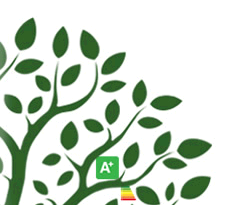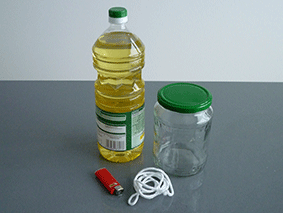What is biomass?
Biomass is made up of several organic materials, meaning either from plant or animal materials. For example forests, hedges, gardens, seas and oceans, organic waste (compost), feces (stool) of animals (e.g. cow dung), etc. In summary, biomass is an energy that is produced by things that grow and come alive.
When we burn wood, we receive energy in form of heat.
Why is biomass so interesting when thinking about saving energy?
In contrast to fossil fuels such as coal, gas and oil, biomass is not going to bail out. The oil can renew itself, too, but it takes millions of years until one drop of oil forms itself in the ground. About 500 million years ago animal and plant micro-organisms in the sea died, and their body fell to the sea ground. With the help of pressure, lack of oxygen and temperatures up to 102°C, these micro-organisms have been transformed into oil. Trees however renew themselves every year and therefore wood can be produced much faster than oil. In addition, fossil fuels only emits CO2 (carbon dioxide). Too much carbon dioxide is harmful to our earth. Also biomass emits CO2, but it also need CO2 to be able to sprout. This phenomenon of receiving and discharging carbon dioxide saves energy and is good for the well-being of our planet.
Experiment Biomass
It takes quite a long time until a tree is tall and thick enough to be used as wood. Aren’t there other substances in the nature with which one can produce energy but that renew themselves faster than trees? Sunflower seeds, for example, renew themselves within 5 months.















